Let Your Savings Do the Heavy Lifting With Higher Interest Rates
Saving money is more than just setting aside a portion of each paycheck. It is about making your dollars work for you, building momentum over time so that your financial security grows with minimal effort. Over the past year, interest rates have climbed to levels not seen in more than a decade, opening a window of opportunity for savers. By taking advantage of these shifts, your savings can generate more income passively, easing the path to your goals.
As banks and financial institutions respond to changes in monetary policy, the rates paid on savings accounts, guaranteed investment certificates, and other cash products have increased. For those who have primarily kept their funds in low-yield accounts, now is the time to reconsider your strategy. Even a small difference in interest rates can add up to hundreds or thousands of dollars over time. For example, a High Interest Savings Account can offer a better return on your hard-earned money compared to traditional savings products. Understanding why higher rates matter and how to benefit from them is the first step in making your savings do the heavy lifting.
Understanding Interest Rates and Compound Growth
Interest rates are the percentage paid by a bank or credit union for the privilege of holding your money. The higher the rate, the more your balance grows over time. But it is not just about the headline number. Compound interest, a process where you earn interest on both your initial deposit and the accumulated interest, is the real engine of long-term growth.
For example, if you deposit $5,000 in an account that pays 4 percent annually, after one year you would have $5,200. In the second year, you would earn interest on $5,200, not just the original $5,000. Over several years, this compounding effect accelerates your savings, making higher rates particularly valuable.
Many Canadians are surprised by the difference even a single percentage point can make over time. Consider this: at 1 percent annual interest, $10,000 grows to about $10,488 after five years. At 4 percent, the same amount becomes $12,167. The difference is more than $1,600, simply due to earning a higher rate. This underscores why it pays to shop around and regularly compare the rates offered by different institutions.
With this foundation, it is easier to see the value in being proactive about where you keep your savings and how you can maximize their growth.
Comparing Savings Options: Where to Find Better Rates
Not all savings products are created equal. While many people default to keeping their funds in a standard savings account, these often pay minimal interest, especially at large traditional banks. Online banks, credit unions, and fintech platforms have shaken up the market by offering higher rates and lower fees. Here is a quick comparison of common savings options available for Canadians:
| Product Type | Typical Annual Interest Rate | Key Features |
|---|---|---|
| Traditional Savings Account | 0.01% – 0.20% | Easy access, low rates, insured deposits |
| High Interest Savings Account | 1.50% – 4.50% | Higher returns, often no monthly fees, insured |
| Guaranteed Investment Certificate (GIC) | 3.00% – 5.00% | Fixed term, higher rates, funds locked in |
| Money Market Fund | 1.00% – 3.00% | Some risk, variable returns, liquid |
| Tax-Free Savings Account (TFSA) | Varies by product | Tax-free growth, contribution limits, flexible |
This table highlights how choosing the right product can directly impact your returns. High Interest Savings Accounts and GICs often provide the most attractive rates with low risk, while money market funds offer slightly more variability. Understanding these distinctions sets the stage for making strategic decisions that align with your goals and risk tolerance.
How to Make Higher Rates Work for You
Once you are aware of the options, the next step is to put your money to work. Here are practical ways to ensure your savings benefit from higher interest rates:
- Review your current accounts: Check the rates you are currently earning. If they are below market averages, consider moving your funds.
- Automate your savings: Setting up automatic transfers ensures you are consistently building your savings without having to think about it.
- Stagger your deposits: For products like GICs, consider using a laddering strategy, where you invest in certificates with different maturity dates. This provides flexibility and allows you to take advantage of rising rates over time.
- Monitor rate changes: Banks sometimes offer promotional rates or adjust their offers based on central bank decisions. Staying informed means you can act quickly and move your money to higher-yielding accounts as needed.
- Consider tax implications: Accounts like TFSAs let your interest grow tax-free, boosting your effective return. Weigh the benefits of tax-advantaged accounts against other options.
By actively managing these aspects, you can make the most of the current interest rate environment. The process does not need to be time-consuming, but a little attention can pay off in the long run.
Risk and Safety: What Savers Need to Know
While chasing higher returns, it is natural to wonder about the safety of your funds. The good news is that most Canadian savings products, including savings accounts and GICs, are protected by deposit insurance up to a set limit per institution. This insurance is provided by organizations such as the Canada Deposit Insurance Corporation or provincial equivalents. Always confirm that your chosen product and institution are covered. Money market funds, on the other hand, are not insured but are generally considered low-risk compared to stocks or bonds.
Interest rates can also fluctuate. While rates are currently higher, there is always the possibility they may decrease in the future. That makes it worth considering a mix of both variable and fixed-rate products. Fixed-rate GICs, for example, lock in your return for a set period, providing peace of mind. Meanwhile, high-interest accounts give you flexibility to move your money if better opportunities arise.
With these practical safeguards in place, you can focus on growth without unnecessary worry, knowing your savings are protected.
Real-Life Impact: Why Higher Rates Matter
The impact of higher interest rates becomes clear when you look at real examples. Consider someone saving for a down payment on a home. If they set aside $20,000 in a standard savings account earning 0.05 percent, they would earn only about $10 in a year. But if they move the same funds to a high-interest account paying 4 percent, the annual interest jumps to $800. Over several years, this difference compounds, making a significant dent in a future mortgage or renovation budget.
For families planning for education, emergencies, or retirement, higher rates can mean reaching milestones faster. Retirees living on fixed incomes also benefit, as their savings generate more income, providing a greater sense of stability. These examples underscore how small changes in where you keep your money can have outsized effects on your financial future.
Recognizing the potential for accelerated growth, it becomes easier to commit to regular saving, knowing that the rewards are tangible and measurable.
Tips for Maximizing Savings in a Higher Rate Environment
To make the most of current opportunities, consider these straightforward strategies:
- Shop around regularly: Do not settle for the first product you find. Use comparison sites and institution websites to find the best rates.
- Read the fine print: Some accounts advertise high rates but only apply them to limited balances or for a promotional period.
- Keep liquidity in mind: While locking funds in a GIC can pay more, it also limits your access. Balance higher rates with accessibility for emergencies.
- Stay disciplined: Avoid the temptation to dip into your savings for non-essentials, especially when you see your balance growing faster.
- Review your goals annually: As your circumstances change, so should your savings strategy. Higher rates may allow you to reach your targets sooner or set new ones.
These practical steps can help you make informed decisions as the rate environment shifts, ensuring that your money is always working to your advantage.
Final Thoughts: Seizing the Opportunity
Higher interest rates present a rare chance to accelerate your savings with little extra effort. By moving funds to higher-yielding accounts, understanding the power of compounding, and staying alert to market changes, your dollars can grow more quickly and reliably. Whether you are saving for a big purchase, building an emergency fund, or planning for retirement, now is the moment to let your savings do the heavy lifting. With a careful approach and a little regular attention, you can put today’s rate environment to work for your financial future.







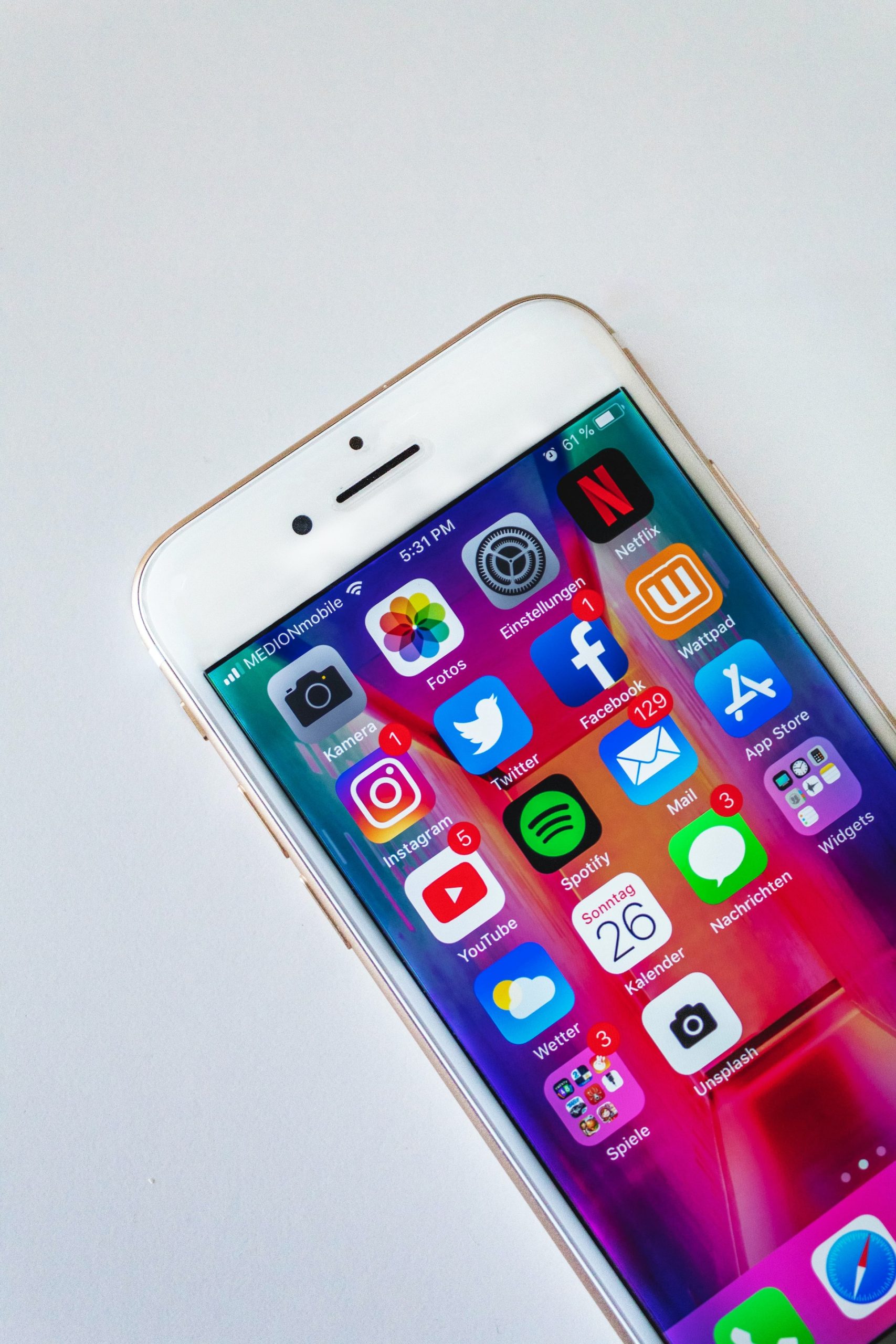





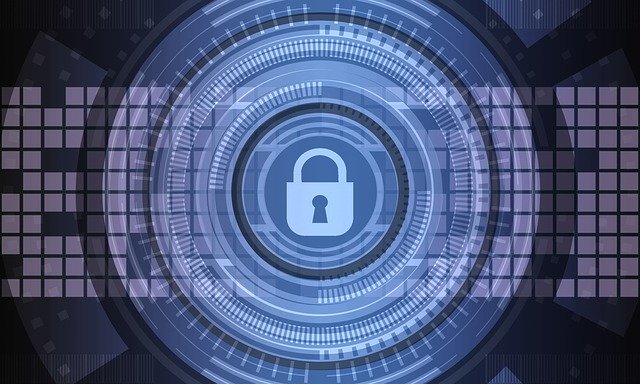



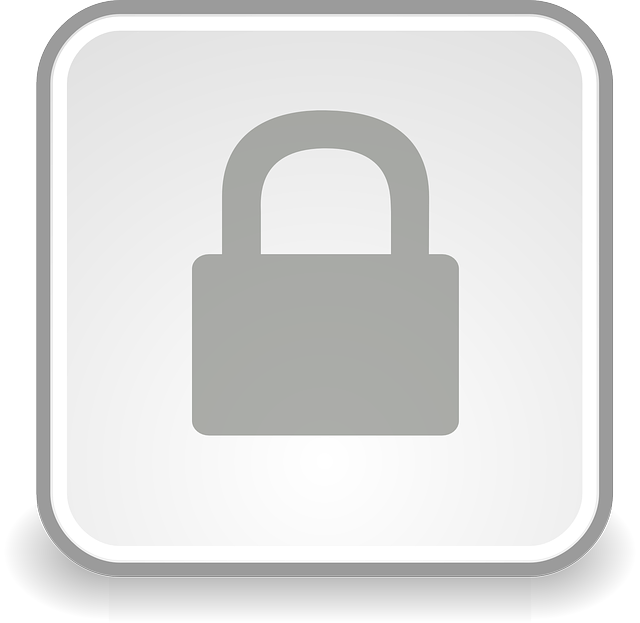
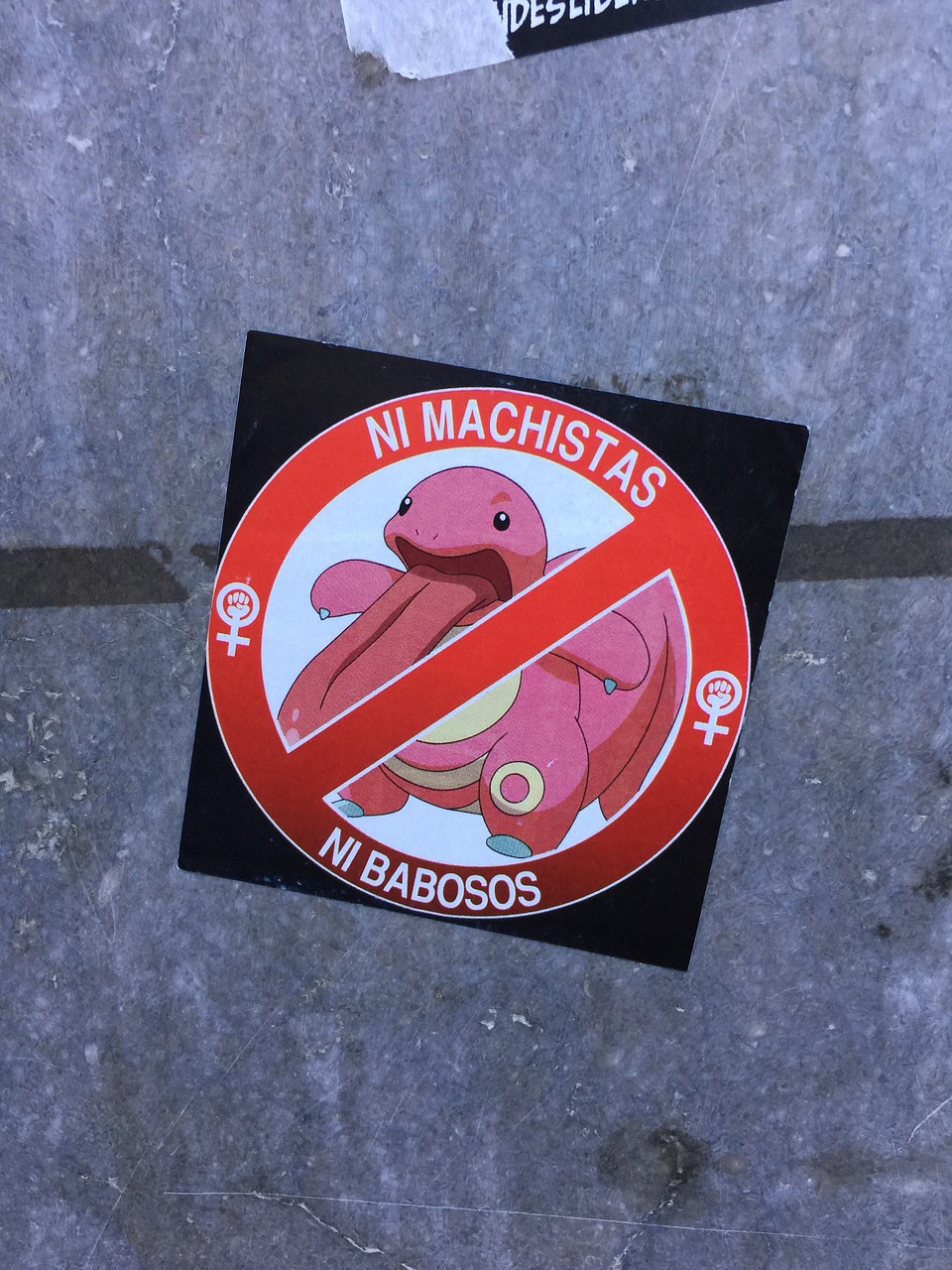
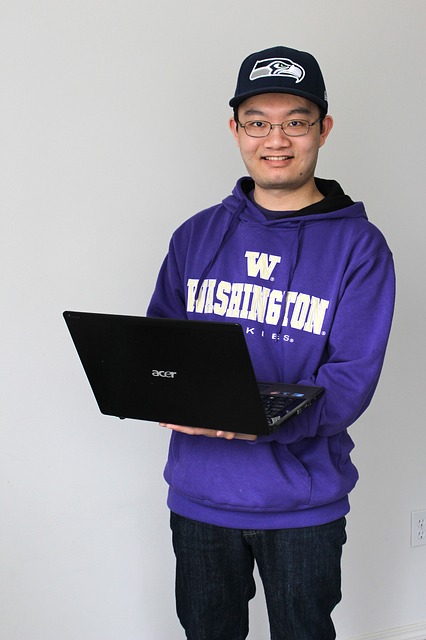 Over twenty years in Information Technology in USA, Germany and United Kingdom, spanning across the various disciplines including support, development, architecture, management and leadership roles with a strong focus on aligning business and technology goals.
Over twenty years in Information Technology in USA, Germany and United Kingdom, spanning across the various disciplines including support, development, architecture, management and leadership roles with a strong focus on aligning business and technology goals.
